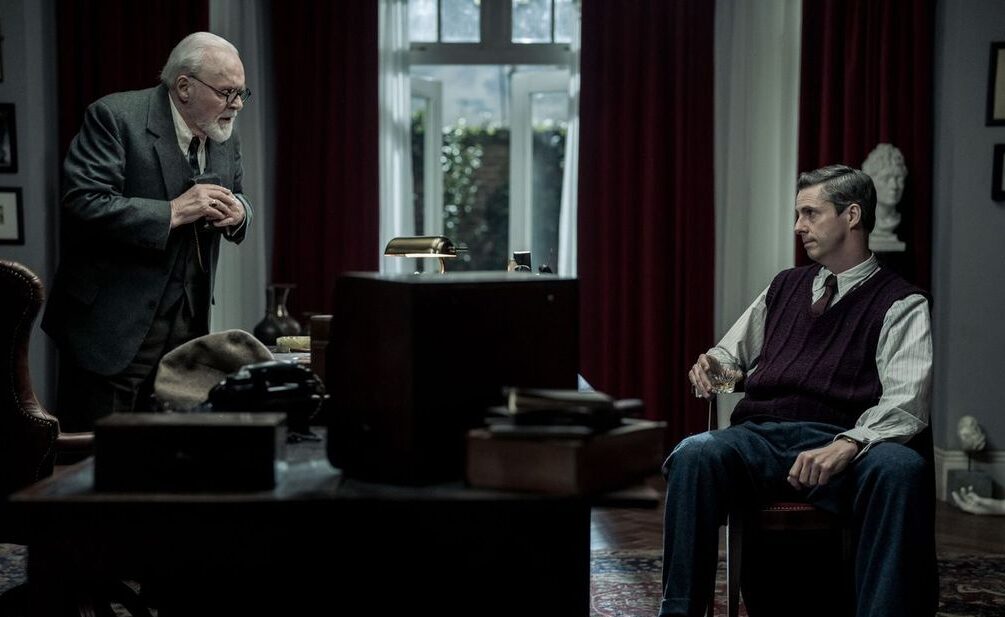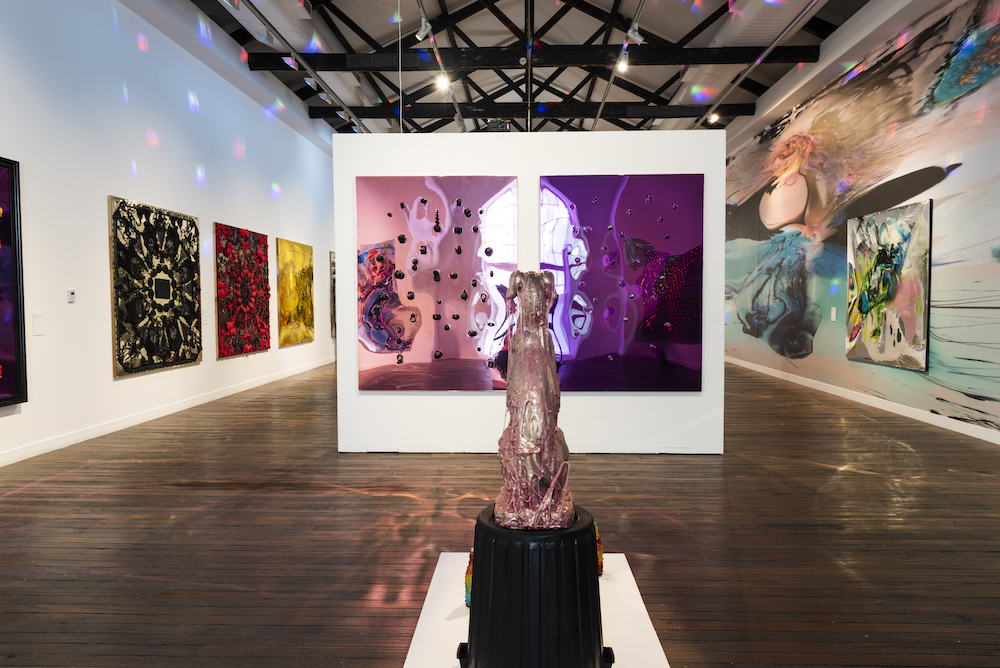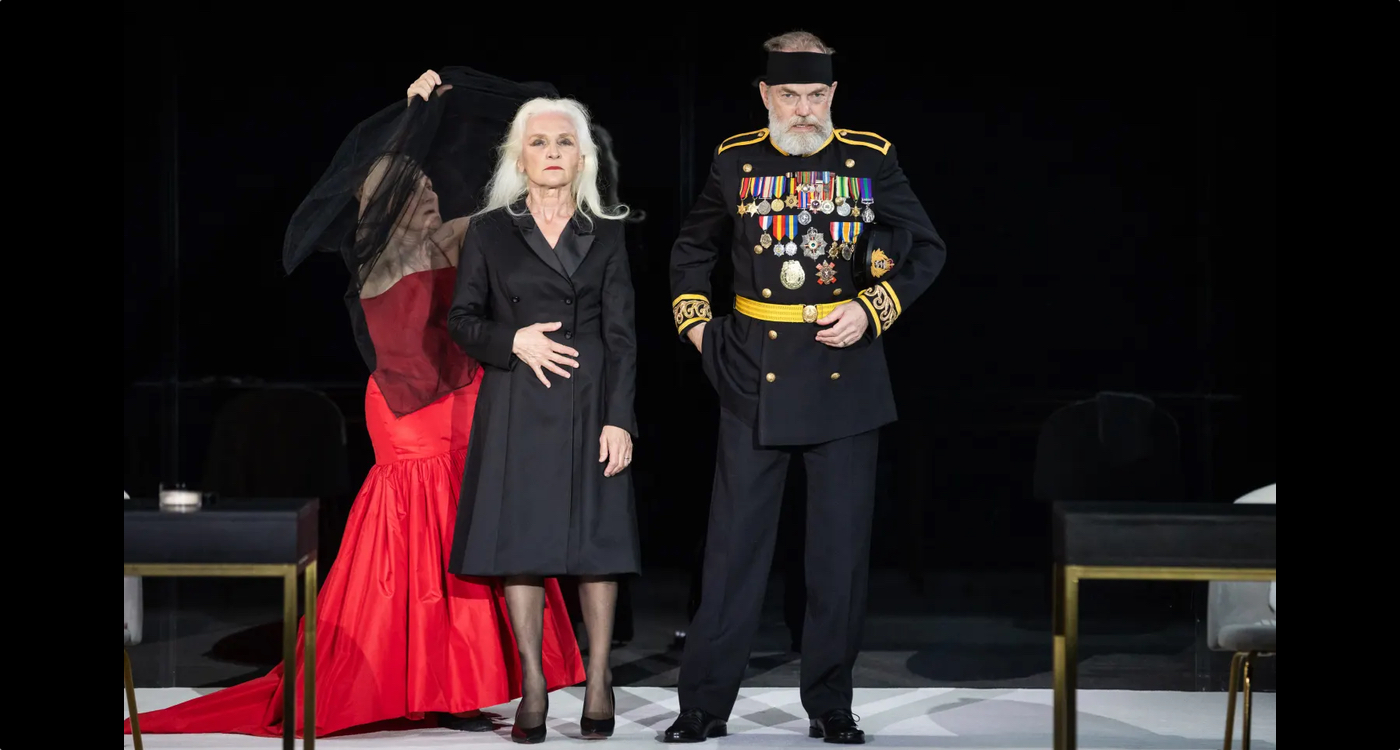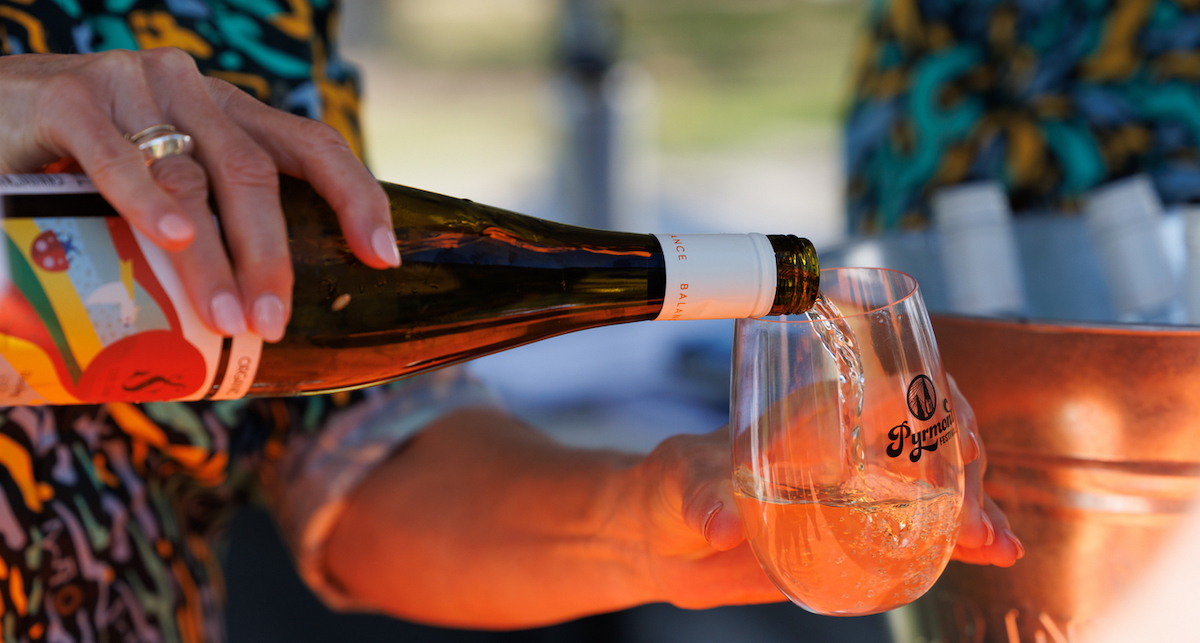
Naked City: When hipsters were really hip!

Every now and then a newly invented word from a half decade ago is revamped in the modern lingo with a twist of reconstructed meaning. Take the word ‘hipster’, which these days seems to apply to anybody with a Ned Kelly beard, a pair of skin-tight jeans, and a penchant for hanging around funky small bars. Today’s hipsters are seen as trendsetters, fashion starters and aficionados of all that is cool and groovy.
Back in the late ‘40s, ‘50s and ‘60s there were also hipsters and they too stood out from the crowd with their goatee beards and snappy attire. There’s definitely some connection between the two generations but when it comes to a real depth in subculture the old-school wins hands-down. Fifties’ hipsters had their own language, the own music (i.e jazz), their own unique sense of humour and even their own style of home décor.
In the post-war era American hipsters and beatniks were definitely fellow travellers and shared a common dislike for convention and mainstream culture. Hipsters were generally the more flamboyant of the two and embraced the new innovations in jazz, such as bebop, with an almost religious passion. Theirs was also a movement that transcended racial boundaries, particularly when it came to music, and one that proved liberating for many young, white middleclass men and women. Norman Mailer wrote about the ‘white negro’, describing white hipsters as individuals “with a middle-class background (who) attempt to put down their whiteness and adopt what they believe is the carefree, spontaneous, cool lifestyle of Negro hipsters: their manner of speaking and language, their use of milder narcotics, their appreciation of jazz and the blues, and their supposed concern with the good orgasm”.
Whilst predominantly an American phenomenon, the original hipster movement spread throughout the world, although in countries like Australia it was probably contained to just a few odd neighbourhoods in Sydney and Melbourne. Kings Cross was of course the bohemian heartland of Sydney in the 1950s with its coffee shops, jazz cellar and affordable apartments. How many bona fide hipsters strutted its streets and back alleys is open to question but musicians like eccentric jazz vocalist Joe ‘Bebop’ Lane definitely led the way.
Today the description ‘hipster’ doesn’t carry much weight and as the fashion passes and the beards disappear, the word will probably fade from the current vocabulary. In a more romantic world, today’s hipsters might have rediscovered the music of Charlie Parker, Slim Gaillard and Dizzy Gillespie, adopted the entire lexicon of hip, jive talk, reduced their bushy beards into goatees and maybe even embraced what Mailer called “the good orgasm” (as opposed to the bad orgasm). Rather than just a latter-day appropriation of the word, it could well have been a synthesis of both the old and new – but hey, we knew this was never going to happen.
Take a peep in any hock shop window and you’ll invariably see a pair of somewhat forlon bongo drums, the percussive heart of the beatnik movement and a poignant reminder of a bygone culture. The original hipsters haven’t really left us with a single iconic item, although Straight From the Fridge, Dad – A Dictionary of Hipster Slang is well worth acquiring if you yearn for this era. Even the modern-day hipsters should check it out and get the paydirt on B-girls, weedheads, moochers, shroud-tailors, bandrats, top studs, gassers, snowbirds, trigger-men, grifters and long gone daddies!









